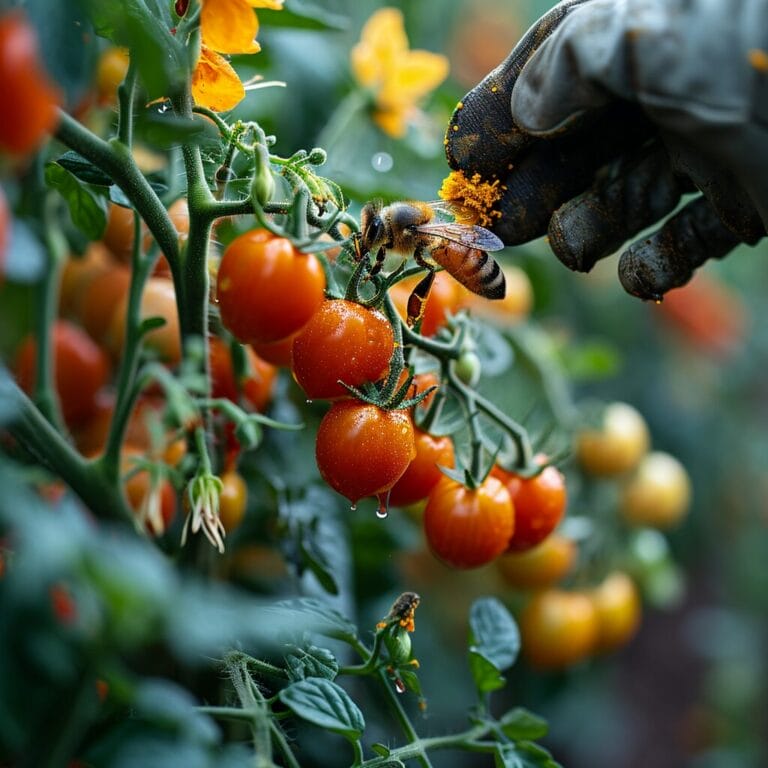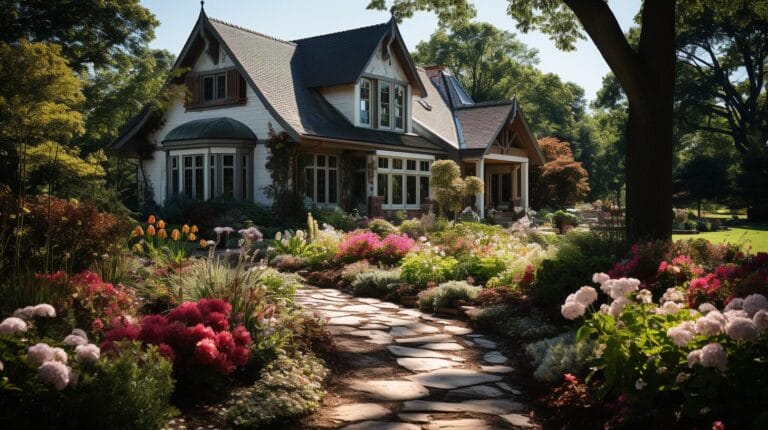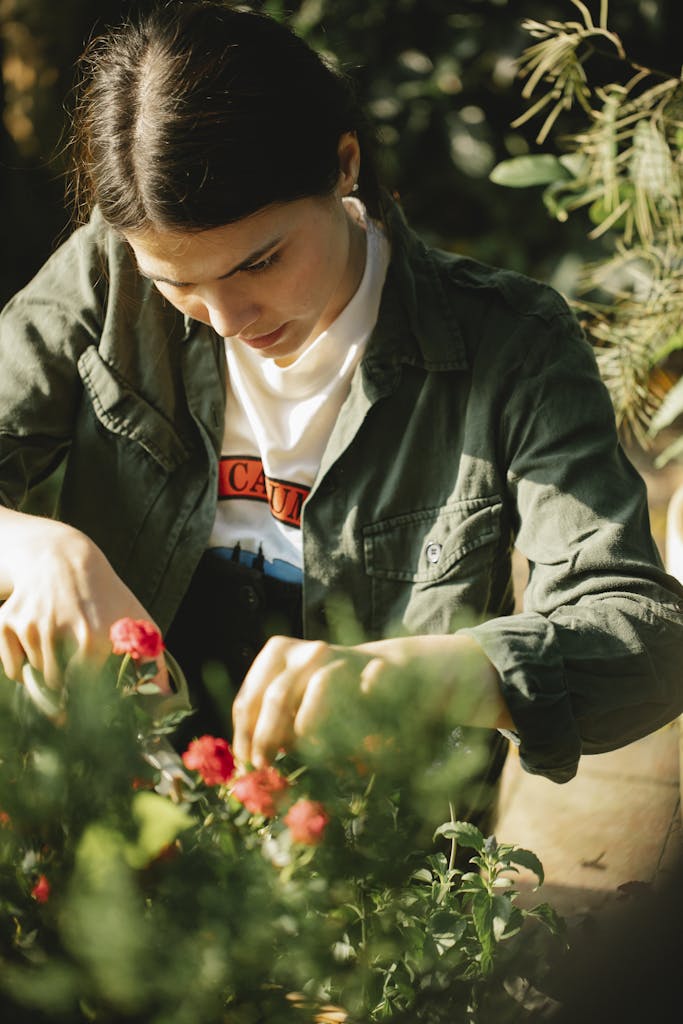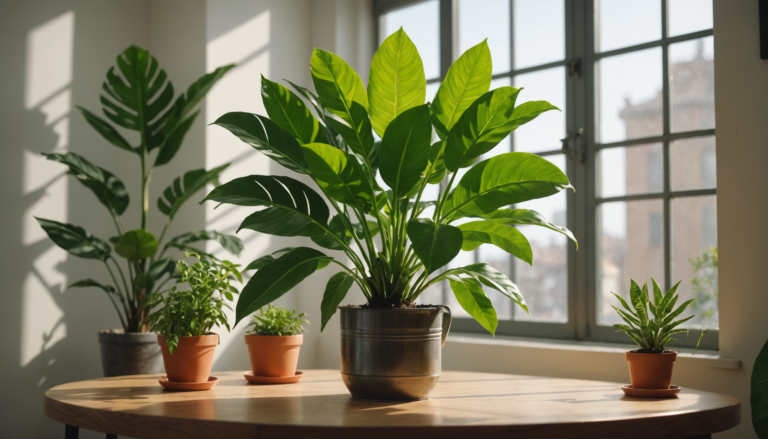We, like you, are also fans of bluebonnets and can empathize with your worry about sowing them too late in the season. The secret to achieving a vibrant bloom in 2024, however, depends on grasping the subtleties of timing to discern whether it’s too late to sow bluebonnet seeds.
This article will guide you through the essential considerations for sowing bluebonnet seeds in Texas, ensuring a thriving display this coming year.
Key Takeaways
- Timeliness in planting impacts bluebonnet growth and blooming success.
- Local climate conditions and frost dates are crucial for optimal planting timing.
- Adequate soil preparation and sunlight exposure are vital for bluebonnet cultivation.
- Aim for a mid-November planting in Texas to avoid stunted growth.
Understanding the Texas Bluebonnet and Its Growing Cycle

Bluebonnets start their life as seeds with a hard coat, protecting them until they’re ready to germinate. Planting in the fall allows them to undergo scarification, breaking down this coat to start germination. As they grow, these plants need well-drained soil and ample sunlight to bloom into the vibrant wildflowers that paint the Texas landscape each spring.
Figuring Out the Best Time to Plant Bluebonnet Seeds

The optimal planting time for bluebonnet seeds in Texas considers seasonal weather patterns, soil preparation, and sunlight exposure. Bluebonnets thrive in sandy or gravelly, well-drained soil and require full sunlight for successful growth and blooming.
Is It Too Late to Plant Bluebonnet Seeds? A Detailed Analysis
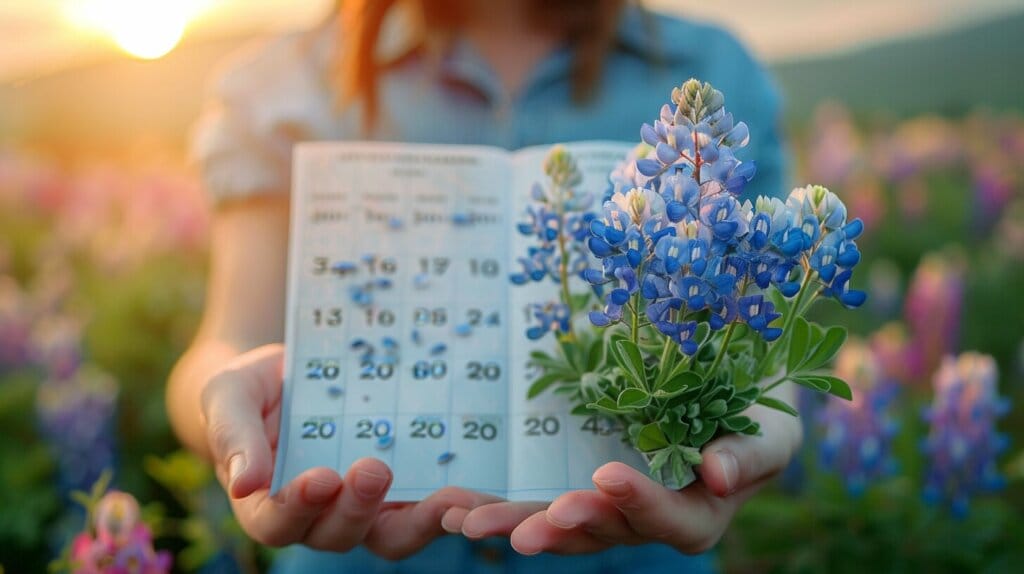
Late planting can have significant consequences for plant growth and blooming. In Texas, the latest advisable planting time is typically mid-November. Planting beyond this period poses risks such as stunted growth and delayed blooming.
It may not allow sufficient time for seed establishment before winter sets in, potentially impacting the plant’s ability to bloom optimally in the following spring. By adhering to recommended planting times, gardeners can give their plants the best chance to establish and thrive, leading to healthier growth and more abundant blooms.
Tips for Successful Bluebonnet Planting and Germination
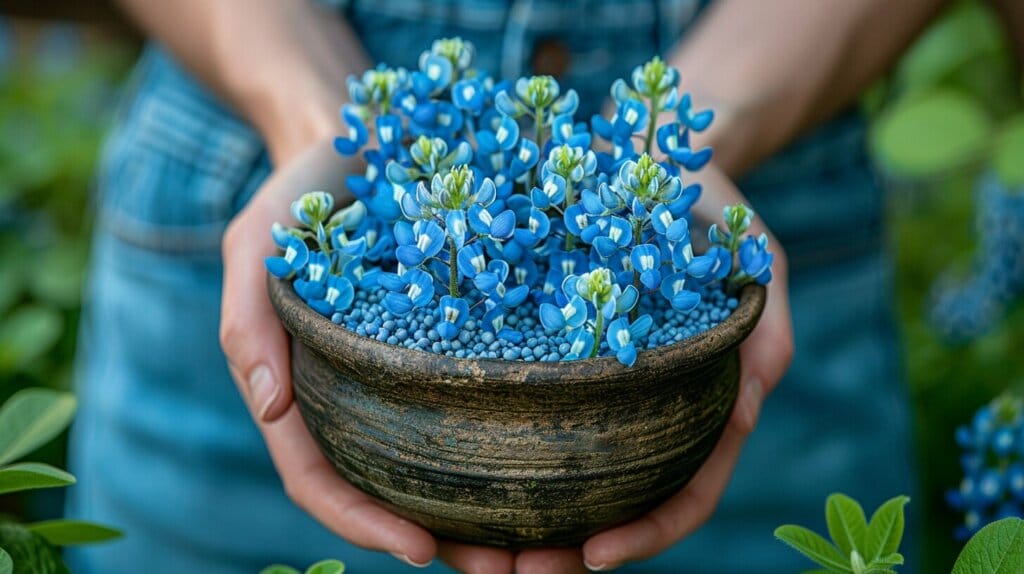
Successful planting and germination of Bluebonnets involve several key steps. Begin by selecting well-draining soil with a pH level that is slightly acidic to neutral. Ensure the chosen planting location receives full sunlight exposure, as Bluebonnets thrive in sunny conditions.
While these plants are drought-tolerant once established, it’s crucial to provide consistent moisture during the germination phase.
However, it’s important to avoid overwatering, as excess moisture can lead to seed rot and other issues. By following these guidelines and providing the ideal growing conditions, you can increase the chances of successful germination and healthy growth of your Bluebonnet plants.
Alternatives When It’s Too Late to Plant Bluebonnet Seeds

Consider planting other wildflowers like Indian Blanket, Black-eyed Susan, and Coreopsis for late-season color. Purchasing mature bluebonnet plants offers immediate beauty, while planning and preparing for the next season ensures future success.
Conclusion
Timing is crucial for planting bluebonnet seeds in Texas. By understanding their growth cycle and adhering to the guidelines provided, you can maximize your chances of a successful bloom. Remember, if you miss the optimal planting window, alternative options are available to ensure your garden remains vibrant. Happy planting!
Frequently Asked Questions
Is It Too Late to Plant Bluebonnet Seeds in Texas?
Ideally, plant bluebonnet seeds in October or November. Early October is optimal, with seed scarification and Rhizobium bacteria aiding growth. Late planting may delay blooming.
How Long Does It Take to Grow Bluebonnets From Seed?
It typically takes about 2 years for bluebonnets to bloom from seed, with proper preparation being essential. Winter focuses on root growth, leading to spring blooms.
Do Texas Bluebonnets Reseed Themselves?
Yes, Texas bluebonnets naturally reseed themselves, allowing for propagation and ensuring their survival and growth in the wild.
Do Bluebonnet Seeds Go Bad?
Bluebonnet seeds can spoil if improperly stored. Keep them in a cool, dry place and check for expiration or perform a germination test before planting.
Conclusion
Timing is crucial for planting bluebonnet seeds in Texas. By understanding their growth cycle and adhering to the guidelines provided, you can maximize your chances of a successful bloom. Remember, if you miss the optimal planting window, alternative options are available to ensure your garden remains vibrant. Happy planting!


